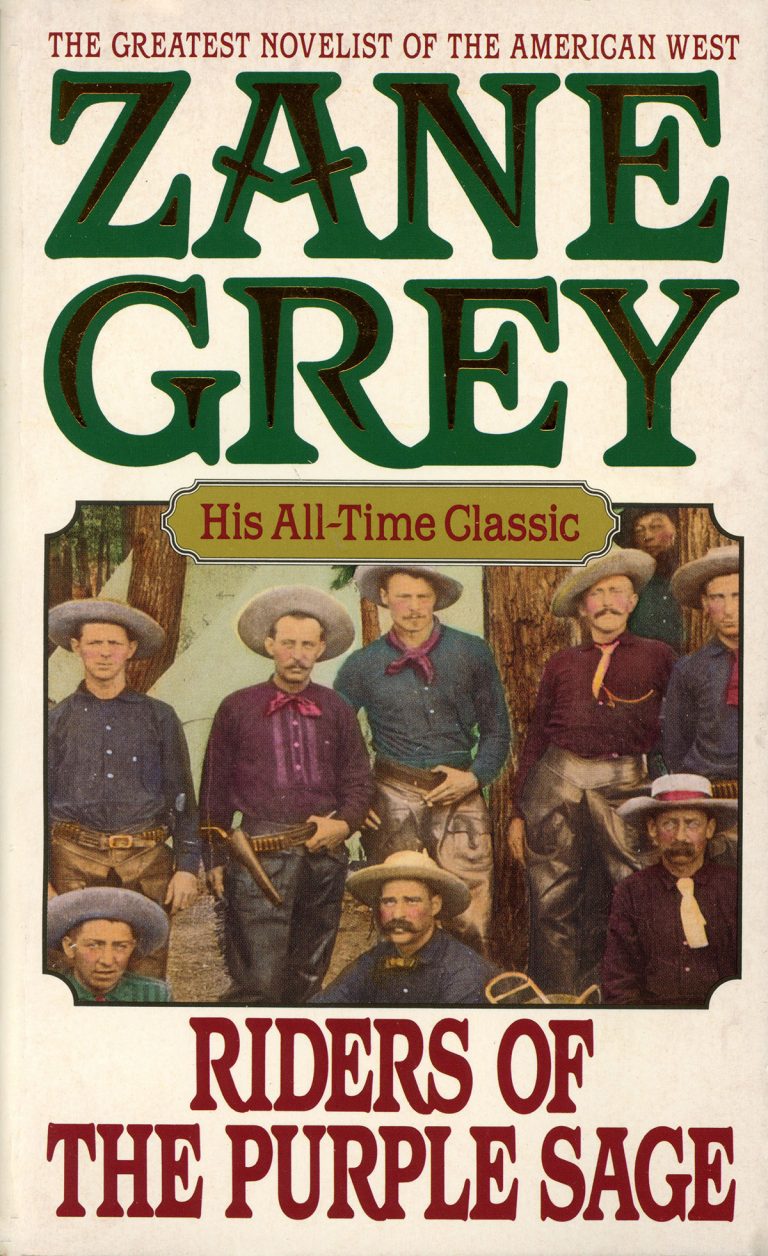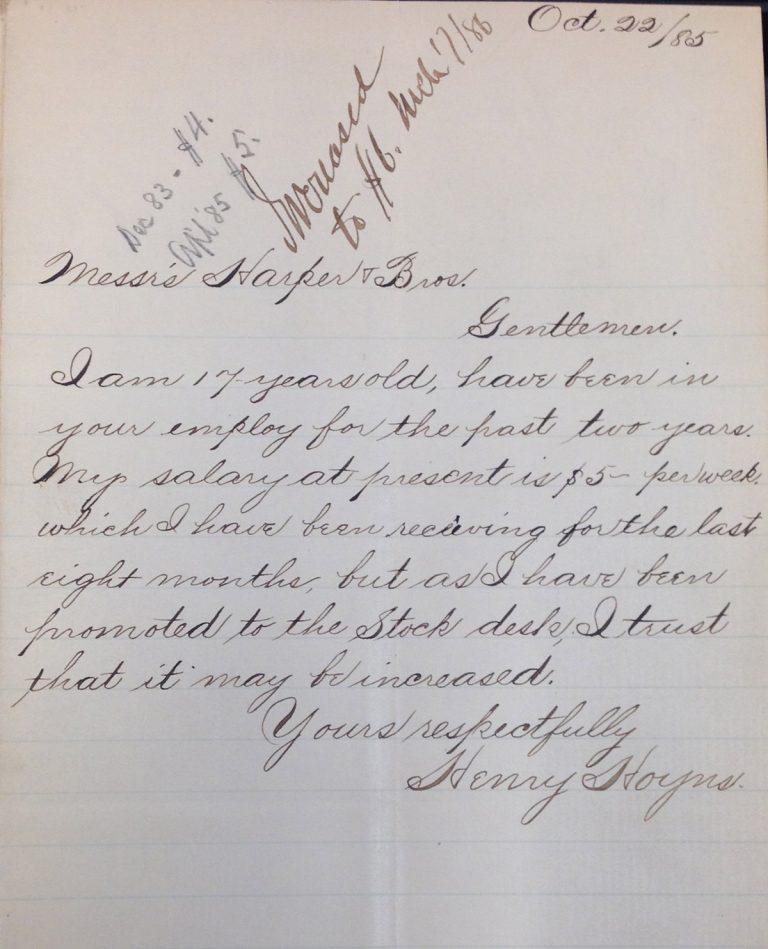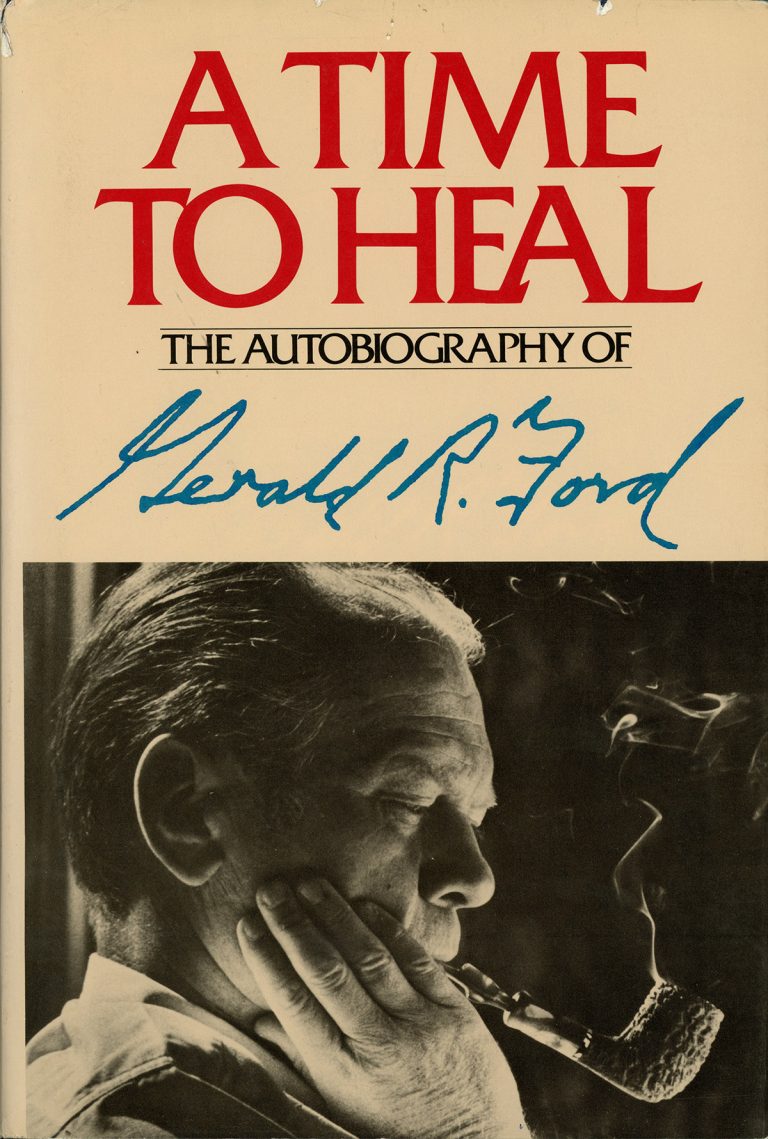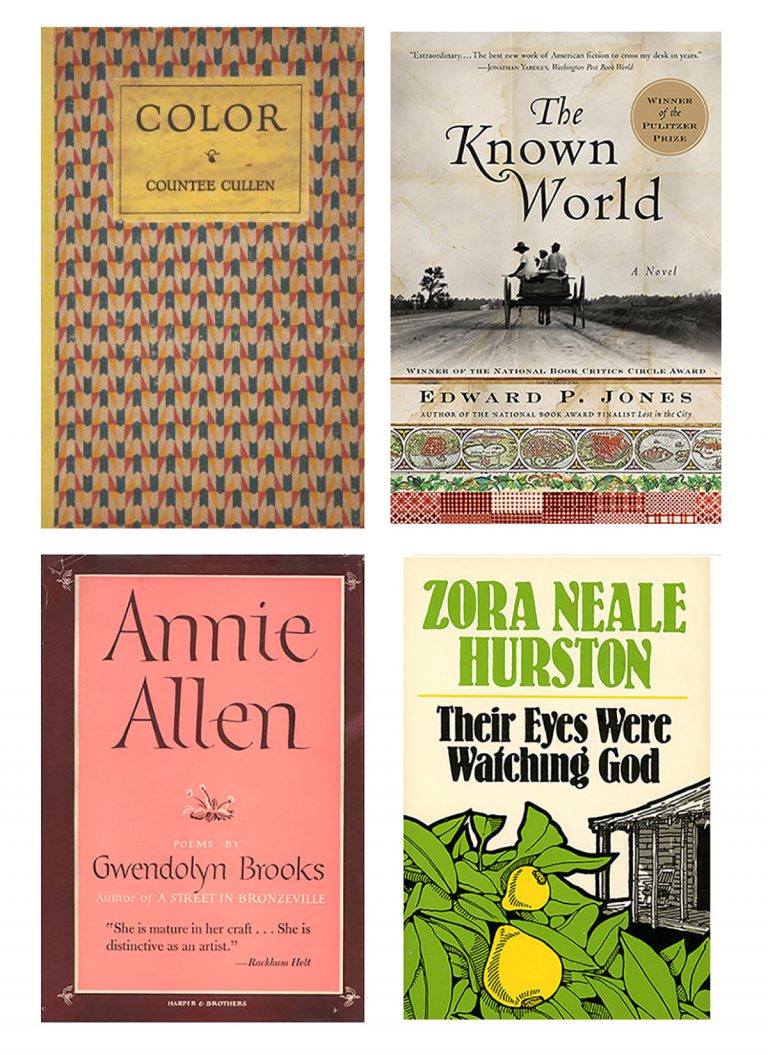Explore significant moments in HarperCollins history
Inventing the Western
Zane Grey and A. B. Guthrie Jr. were considered two of the foremost writers on the American West.
Harper & Brothers published Zane Grey’s Riders of the Purple Sage in 1912, which has become the legendary model for what American readers now expect from the Western genre. His vivid descriptions of deserts and canyons and dramatic storylines of cowboys, struggle, and romance in his books and films greatly expanded the formula of the Western.
Grey’s popularity was unprecedented in its time; his fame peaked from 1917 to 1924, when his books made Bookman’s top-ten bestseller list every year. He topped the list in 1918 and 1920 with The U.P. Trail and The Man of the Forest. By 1936 more than 12 million copies of Grey’s books had been sold. Grey was read by more than 60 million people by the 1930s–which was one half of the population of the United States. His cumulative worldwide sales were estimated at 68 million in 1953, 100 million in 1975, and 130 million in 1984. He published 55 books with Harper.
His writing greatly inspired the Western film genre, and more than 100 films have been made from his books, including The Mysterious Rider (1921), Rocky Mountain Mystery (1935), and Robbers’ Roost (1933).
Guthrie Jr.’s best-known novels, The Big Sky, The Way West, and These Thousand Hills, realistically depicted the taming of the frontier from 1830 to the beginning of the twentieth century. On the strength of The Way West, Guthrie won the Pulitzer Prize for fiction in 1950. He was published by William Sloane and Associates (which later became part of HarperCollins).





